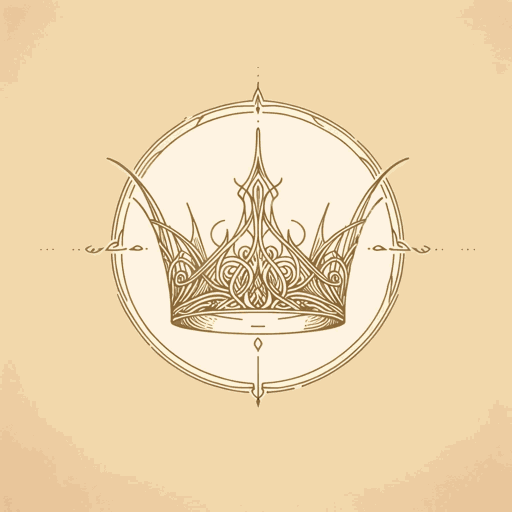93 pages • 3 hours read
J. R. R. TolkienThe Silmarillion
Fiction | Novel | Adult | Published in 1977A modern alternative to SparkNotes and CliffsNotes, SuperSummary offers high-quality Study Guides with detailed chapter summaries and analysis of major themes, characters, and more. For select classroom titles, we also provide Teaching Guides with discussion and quiz questions to prompt student engagement.
After Reading
Discussion/Analysis Prompt
When Melkor falls from grace and Middle-earth descends into turmoil, weapons of all kinds become increasingly important. What do weapons symbolize in The Silmarillion? Consider the various types of weapons seen throughout the book, then reflect upon them not only as tools to enact or defend against violence, but also as objects of cultural importance.
Teaching Suggestion: Weapons primarily symbolize the arrival of danger and violence in Middle-earth. They also contribute to the book’s Religion and Mythology regarding what’s required to make them and the forging of alliances between the groups who possess them. The naming conventions of weapons speak to their cultural significance: Weapons are given names (for example, Grond, the Dragon-helm of Dor-lómin, Ringil, Narsil, and Anglachel) and passed down through generations. Individuals can recognize and determine the significance of individual weapons, referencing the acts of a certain weapon and acknowledging the advantages that it brought to the world. The names given to weapons by the Elves also connect them to the overarching mythos of the text through songs, stories, and sagas. Weapons, then, come to indicate certain cultural touchstones. Students who struggle to generate ideas might benefit from being assigned a specific weapon to investigate and analyze.
Related Titles
By J. R. R. Tolkien

Farmer Giles of Ham
J. R. R. Tolkien

Leaf by Niggle
J. R. R. Tolkien
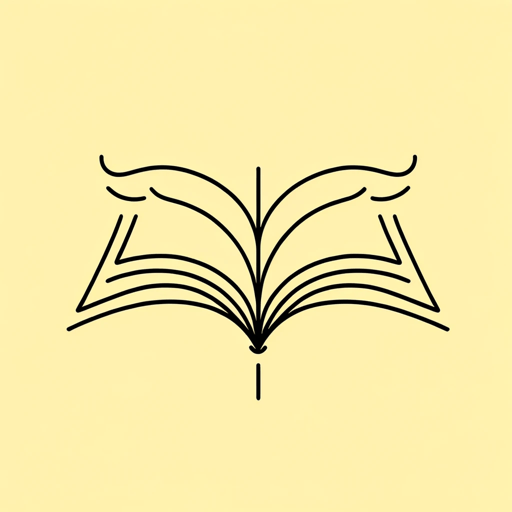
On Fairy-Stories
J. R. R. Tolkien
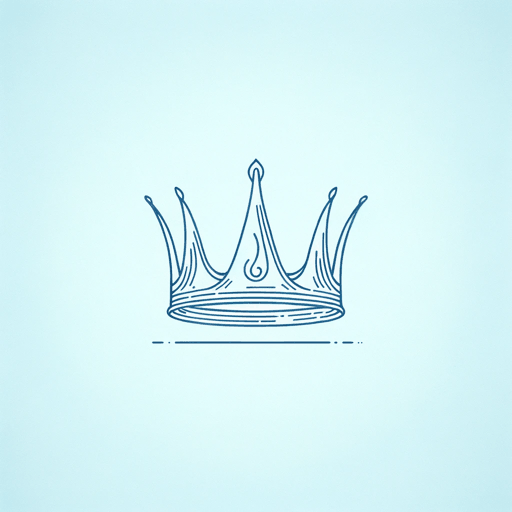
Return of the King
J. R. R. Tolkien
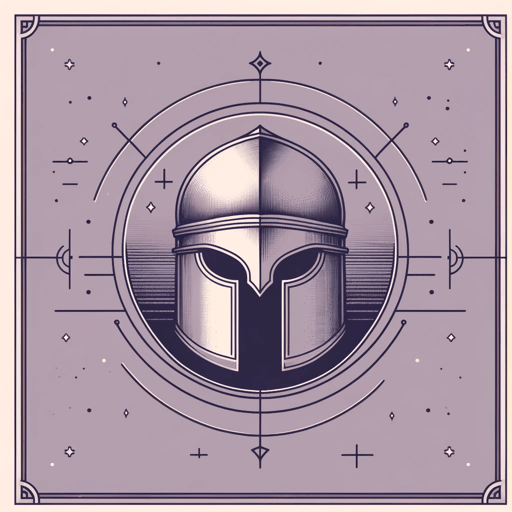
The Children of Húrin
J. R. R. Tolkien

The Fellowship of the Ring
J. R. R. Tolkien
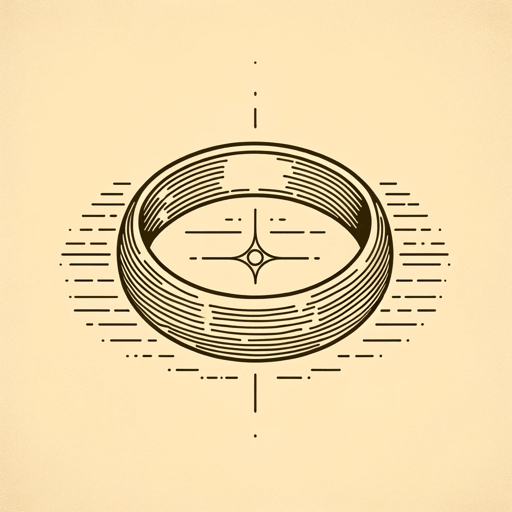
The Hobbit
J. R. R. Tolkien
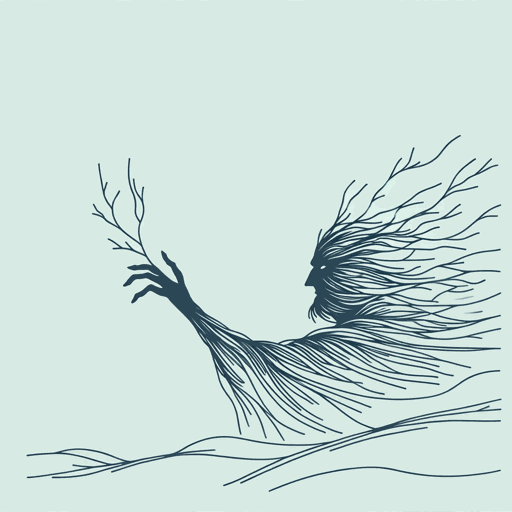
The Two Towers
J. R. R. Tolkien
